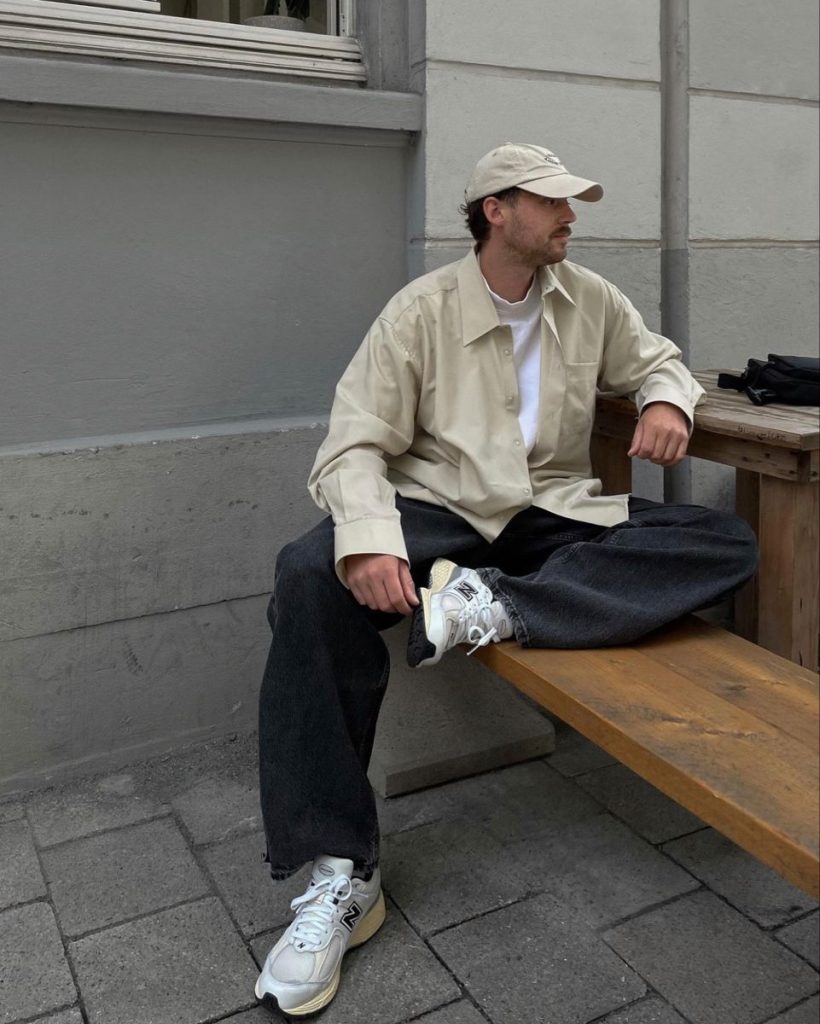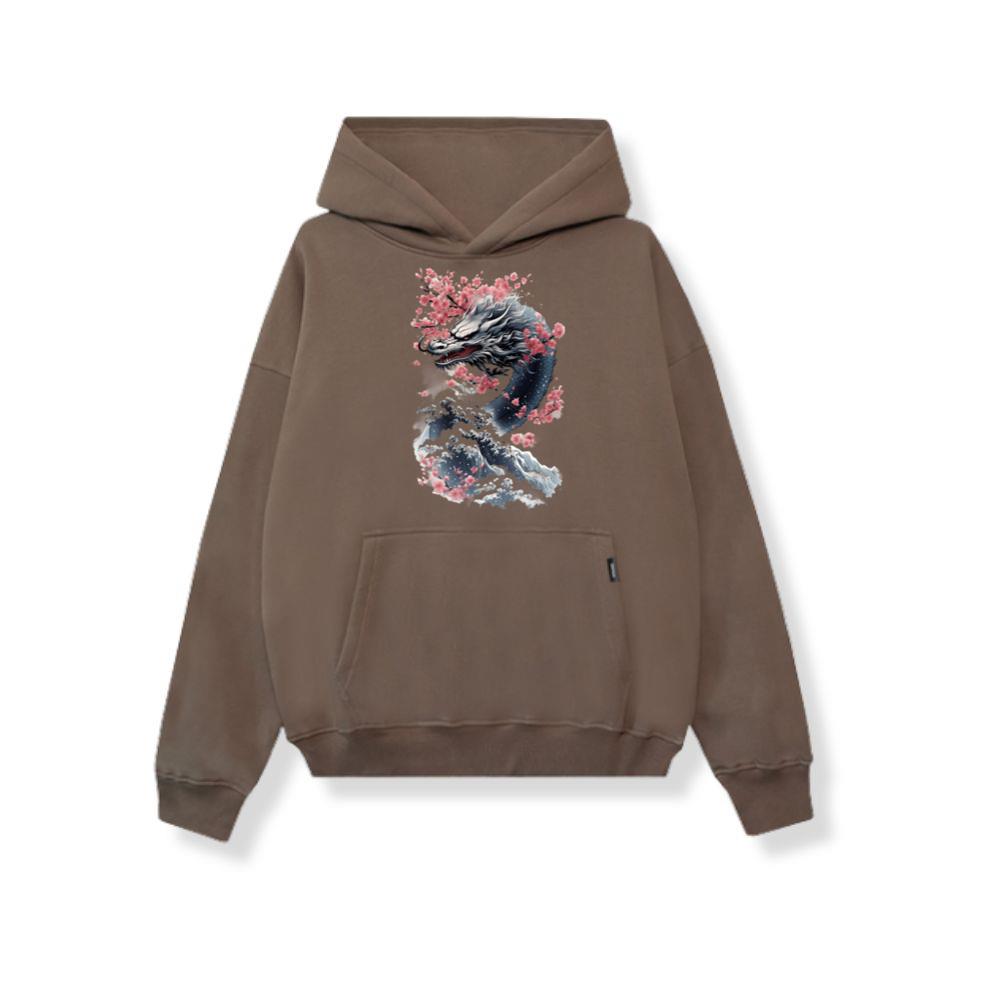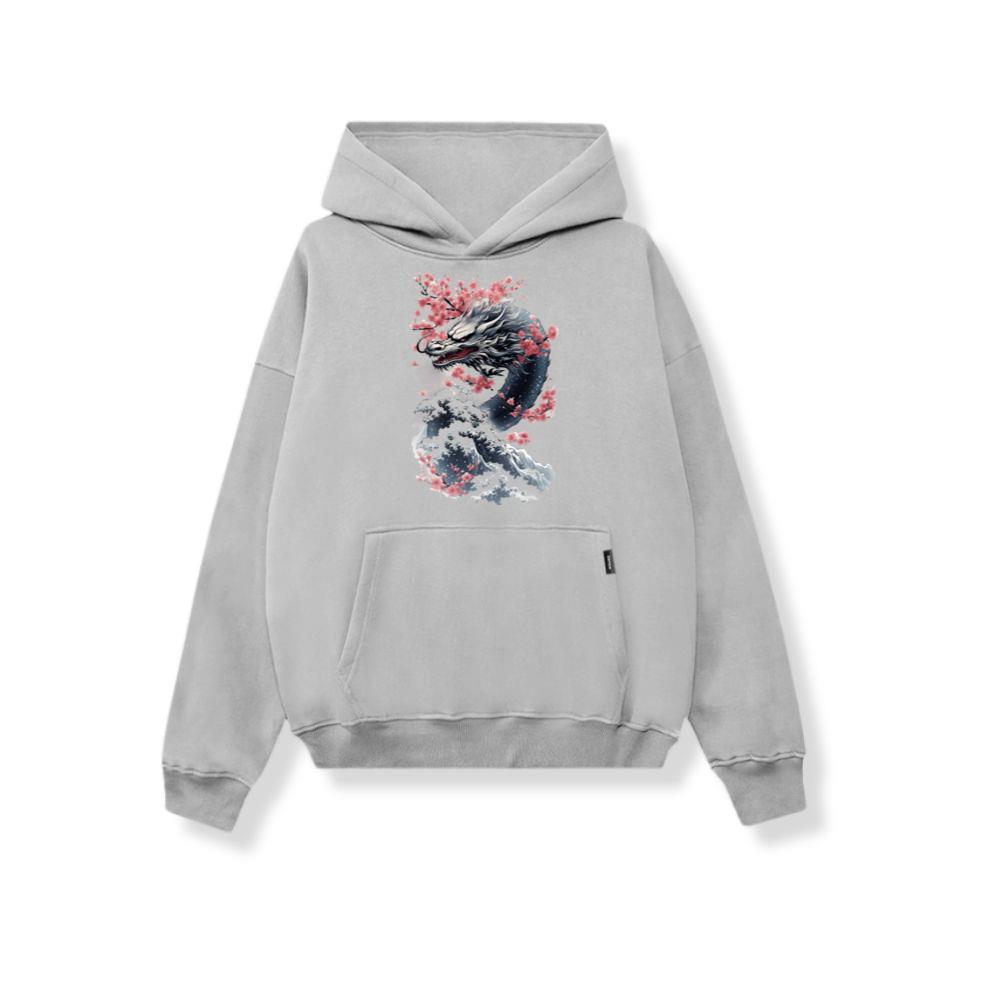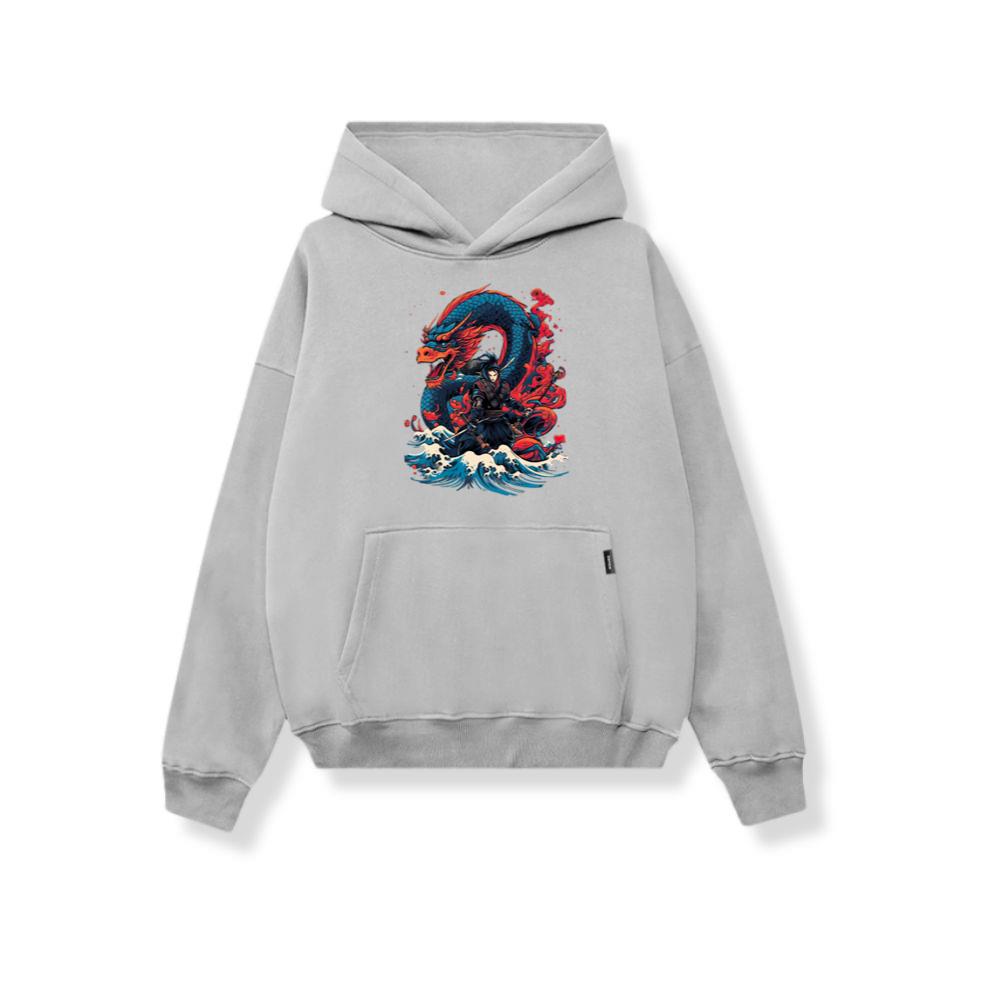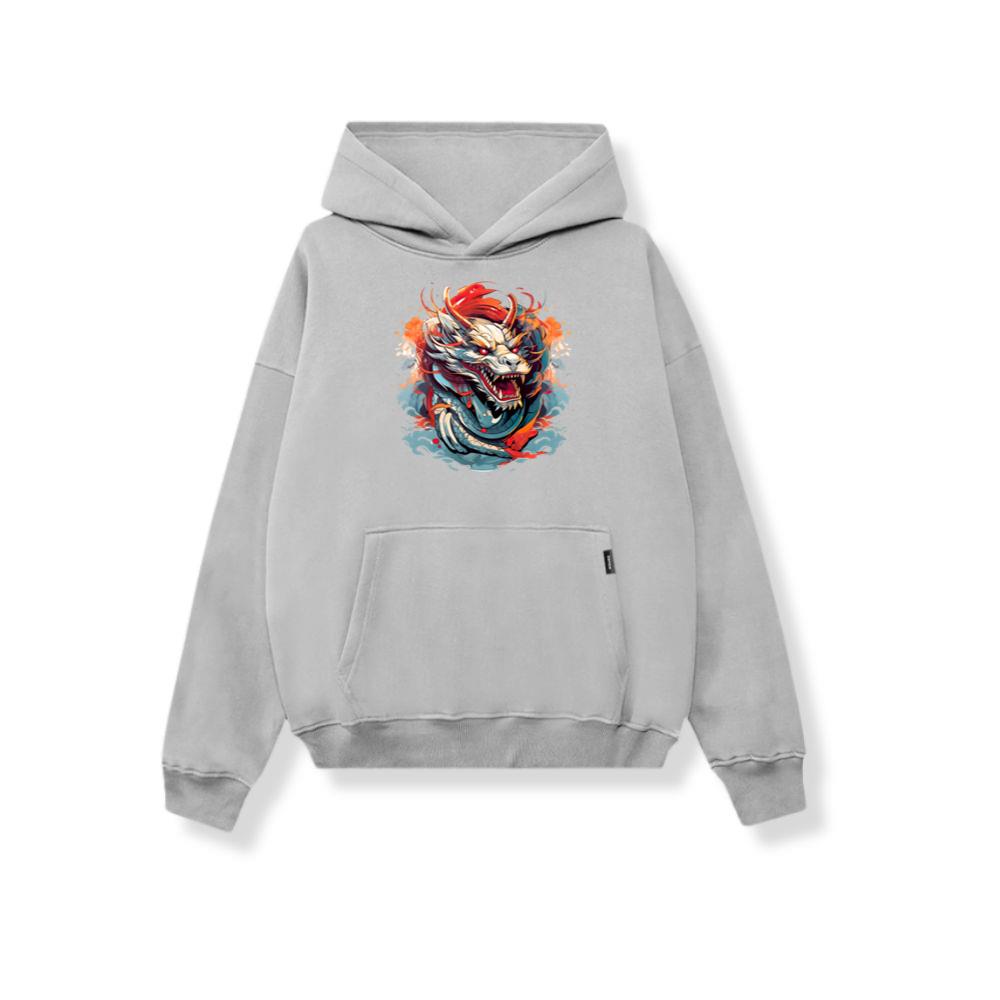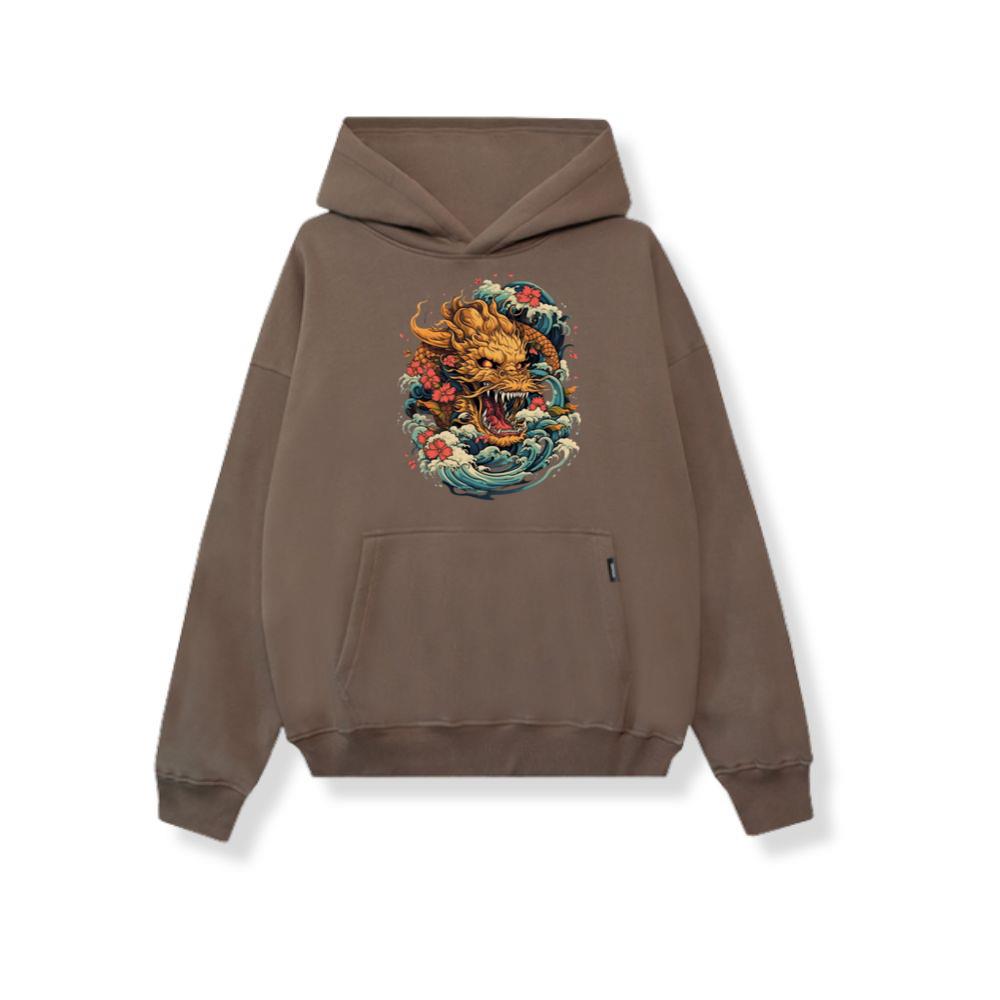Introduction: Clothing Beyond Fabric and Form
The concept of fashion has always extended far beyond its role as mere protection against the elements. Clothing has symbolized identity, status, culture, and self-expression throughout human history. Yet in the twenty-first century, fashion is undergoing a transformation so profound that garments are no longer passive coverings but active participants in daily life. The idea of fashion as a second skin embodies this evolution, where apparel becomes an intimate extension of the body rather than a detached layer.
This perspective envisions garments that do not just rest upon the surface of the body but move, breathe, and respond as if they are part of the body itself. From intelligent textiles that regulate temperature to adaptive fabrics that shift in color or shape, clothing is transforming into a living system. It represents a new paradigm in which fashion is not separate from the body but deeply integrated into its rhythms, emotions, and needs. In this sense, fashion as a second skin reflects humanity’s desire for connection, personalization, and innovation.
The Evolution of Clothing as an Extension of Self
For centuries, clothing has reflected the idea of extension—adding warmth, offering modesty, or projecting identity. Ancient societies crafted garments from animal hides and woven fibers to survive harsh climates, while aristocratic cultures used silk, brocade, and elaborate designs to showcase power. Even in these early examples, clothing functioned as more than a material necessity; it symbolized belonging, aspiration, and meaning.
In modern times, the notion of extension has grown increasingly complex. Industrialization introduced mass production, enabling access to fashion on a scale never seen before, yet it also distanced clothing from individuality. Now, as technology reshapes nearly every aspect of life, fashion seeks to reclaim intimacy with the human form. By evolving into a second skin, clothing promises a new depth of connection—protecting, enhancing, and expressing in ways that mirror the body’s adaptability and emotional landscape.
The Science Behind Second-Skin Fashion
The foundation of second-skin fashion lies in material innovation. Advanced textiles now possess capabilities far beyond traditional fabrics. Polymers with memory, nanofibers with breathability, and bioengineered materials that mimic organic tissues are becoming integral to design. These fabrics respond dynamically to environmental conditions, ensuring comfort while maintaining aesthetic appeal.
Technologists are also integrating sensors, microchips, and conductive threads into garments, creating wearable ecosystems that collect data, adjust to temperature, or monitor health. Imagine a shirt that adapts its thickness when the weather shifts or leggings that align with muscle movement during exercise. This integration of science and design transforms garments into active participants in the wearer’s experience, blurring the line between body and clothing. The result is apparel that feels less like an accessory and more like an organic extension.
Beauty Redefined Through Intimacy and Integration
Traditional notions of beauty in fashion often focused on external appearance—color, silhouette, ornamentation, and surface detail. With second-skin fashion, beauty is redefined through intimacy. The garment is admired not only for how it looks but also for how it harmonizes with the body’s needs. Aesthetic pleasure is found in seamless integration, in garments that adapt invisibly to movement, posture, or environment.
This transformation has profound cultural significance. By treating fashion as an extension of the body, designers encourage a more inclusive definition of beauty—one that does not demand conformity but celebrates individuality. Garments that mold to diverse shapes or respond uniquely to different bodies elevate the idea of personal beauty, empowering individuals to see themselves as complete rather than forced into rigid sizing systems. The seamlessness of second-skin clothing embodies both elegance and liberation, offering beauty that is deeply personal rather than universally imposed.
Inspirations From Nature and Biological Systems
The philosophy of second-skin fashion often looks to nature for inspiration. The adaptability of animal skins, the resilience of plant fibers, and the flexibility of natural ecosystems all provide models for responsive design. Designers and scientists observe how living organisms adjust to environments—scales that repel water, feathers that trap heat, or skin that heals and regenerates—and incorporate these qualities into garments.
By mimicking biological systems, fashion becomes both functional and poetic. A jacket that repels rain as effortlessly as a leaf, or shoes that cushion impact like natural padding, reflects the artistry of biomimicry. This approach aligns fashion not only with technology but also with ecological awareness, reminding us that the most advanced designs often echo what has already been perfected in the natural world. The blending of biology with design ensures that second-skin fashion remains grounded in both innovation and environmental harmony.



